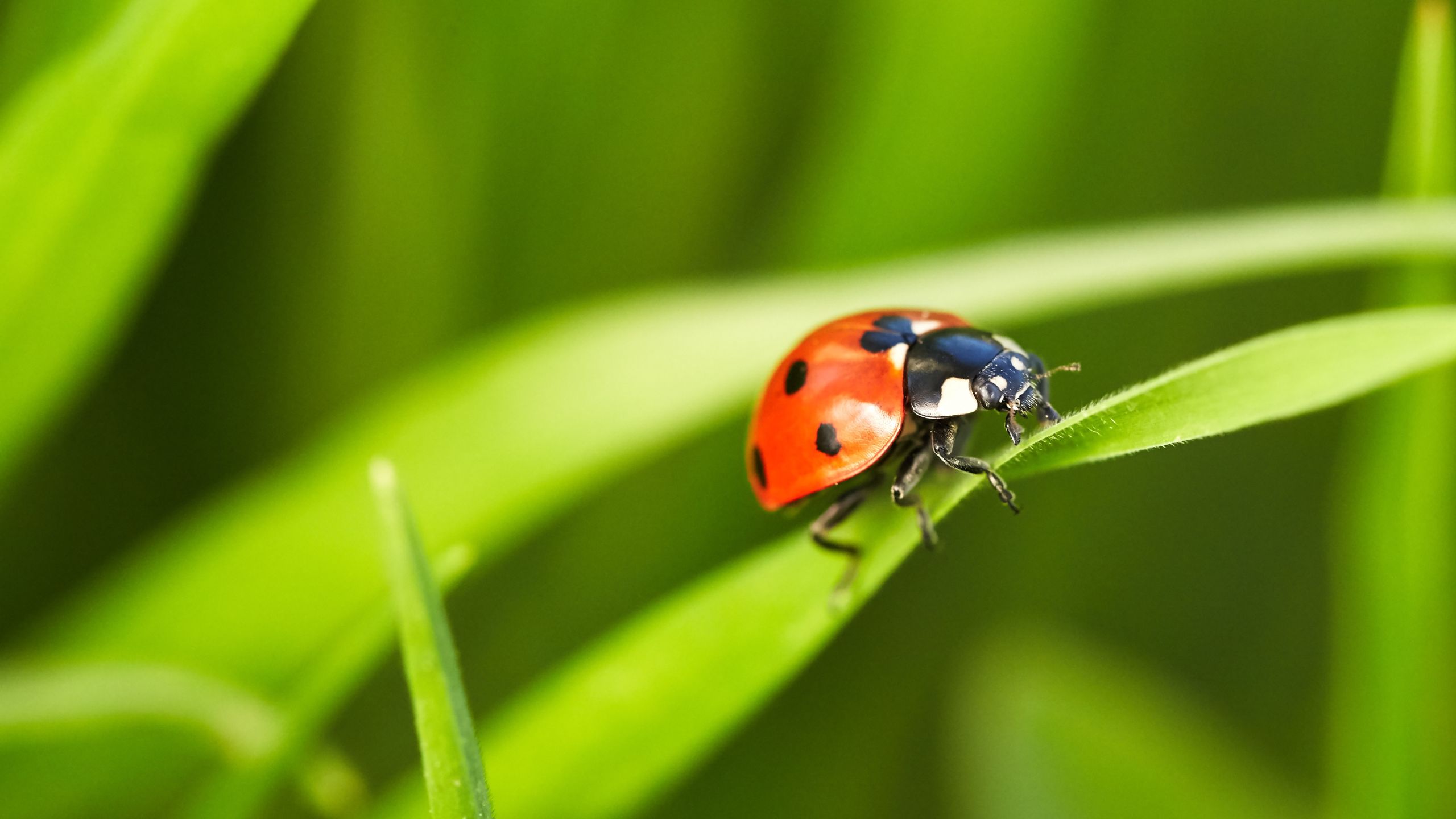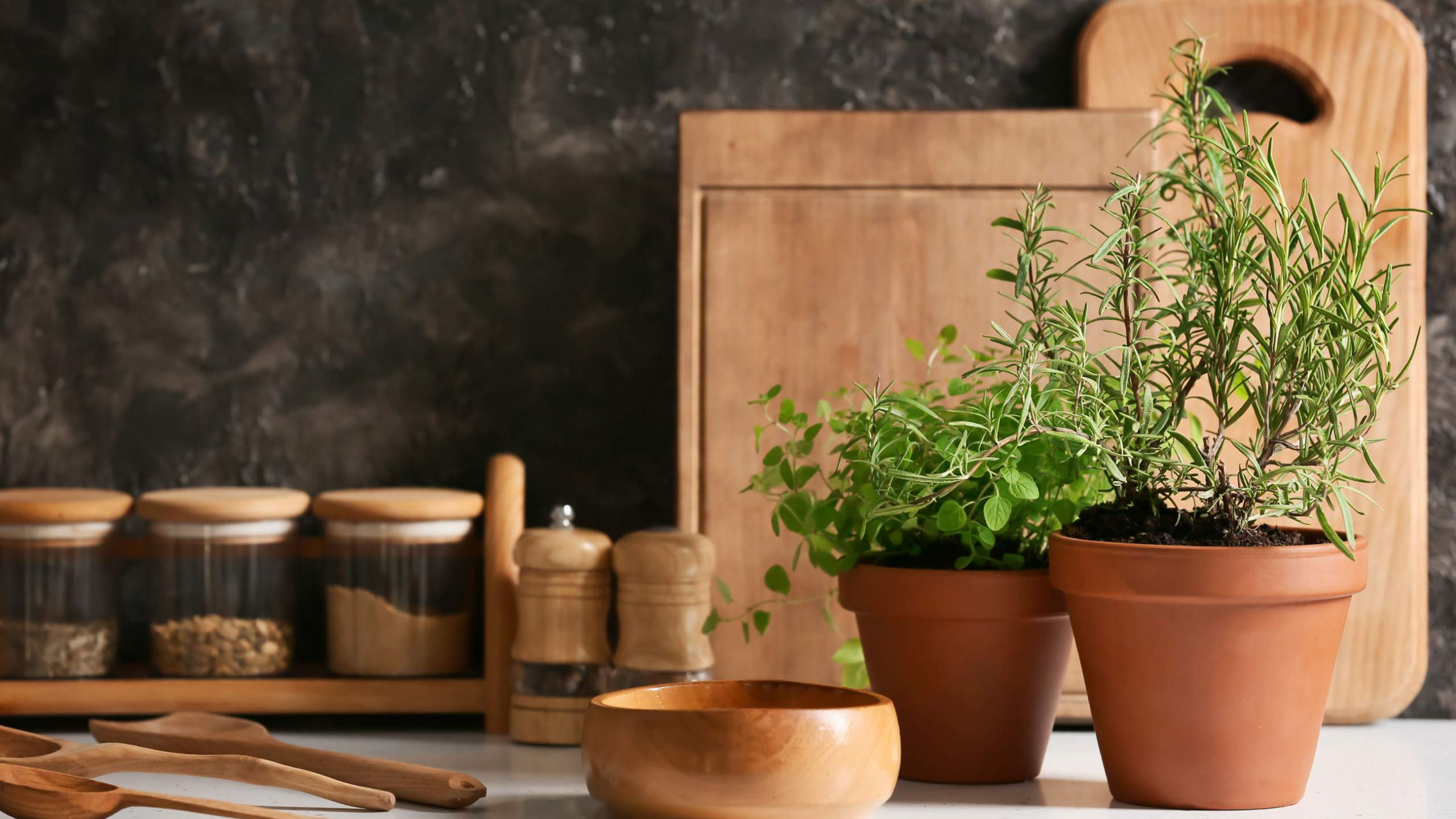Ladybug, Ladybug, fly away home…
… our ecosystem needs you; save it before it’s gone.The nursery rhyme doesn’t go exactly like this, but the alternate version we created is very fitting. Ladybirds may be the friendliest-looking insects in the world, but they are also ruthless predators. Red, with distinct black polka dots, ladybirds are very important for the balance of ecosystems and are said to bring good luck to those who find them.
The biological classification of ladybirds is complicated, but still easier to understand than the Game of Thrones family tree. Native to Europe, Asia and Africa, ladybirds are coleopteran insects, part of the family Coccinellidae, sharing kinship with beetles. There are more than 5,000 species of ladybirds.
Like the butterfly, the ladybird goes through a metamorphosis: from eggs emerge larvae that give way to the pupal stage and finally to the adult stage.

Ladybird metamorphosis stages
From the larval to the adult stage, ladybirds are constantly feeding on other small insects, thus playing an important role in pest control and agricultural crops protection.
Ladybirds, spot on!
The ladybirds that live in our imagination are small, round, red insects, with black polka dots over their backs – but, in reality, they exist in a variety of colours, the most common being red and black or yellow and black. Ladybirds can also present stripes instead of spots, and they can be round- or oval-shaped. The most common ladybugs (and easiest to identify) have 7 or 11 spots, but some species may have up to 22 black spots.
Ladybugs exist in every continent except Antarctica and can live up to a year. Although ladybugs can exist in different habitats, such as forests and woodlands, these little beetles thrive in vegetable and flower gardens, and agricultural areas – places where they find their favourite food.
Harmless, but defensive
Ladybirds are fans of sunlight and temperate climates (aren’t we all?). They are also diurnal, meaning they tend to be active during daytime and sleep during night-time. As such, it is more usual to find ladybugs during the spring and summer months, since in winter they take shelter to hibernate, in places like plants with dense foliage or under rocks and pebbles. So, let’s see: quiet, cute insects, that love the sun and look very friendly… does it sound suspiciously good?
The ladybird’s appearance is strategic, namely its red colour, which works as a warning sign for predators – it is supposed to drive them away, by transmitting the message that they may be poisonous. With the same intent, they secrete a liquid with a very intense odour when threatened and can even play dead! But these are only defence mechanisms against their predators because, in fact, ladybirds are harmless to humans.
A natural solution for pest control
Ladybirds are predatory insects that rarely feed on plants. Their favourite menu includes greenflies, fruit flies and mites, among other pests that are harmful to certain plants and crops such as citrus, broad beans, maize or peas. For this reason, ladybirds are very appreciated in agriculture, especially in organic farming, as they contribute in a natural way to pest control.
Ladybirds lay hundreds of eggs near greenfly colonies and other plant-eating pests, so that as soon as those eggs hatch, their younglings – the ladybug larvae – can start feeding on them straight away, further contributing to the preservation of crops.
How to attract ladybirds to your vegetable or flower garden
Ladybirds are attracted by aphids (greenfly and blackfly) and flower pollen, an important food source in the colder months. You can also find them resting in bell-shaped flowers, such as tulips and lilies, that capture water and keep the environment cool. To attract ladybugs, plant bell-shaped flowers and certain kinds of herbs – like parsley, mint, and coriander – which aphids tend to like. Aside from attracting ladybugs, these will make your flower garden even more beautiful, and your herb garden tastier.
Ladybird as a good omen
The ladybird is present in folklore of many cultures, but almost all of them share one common trait: they are considered an omen for good luck. Superstitions aside, ladybirds are also said to be a sign of a healthy garden.
This connection between ladybirds and healthy crops is commonly attributed to farmers in ancient times, for whom ruined crops could mean the financial collapse of their farming-dependant villages, towns, and communities. Back then, the ladybird was already a symbol of hope.
In modern times, many environmental organisations and campaigns have adopted the ladybird in their logos, because of their role in ecosystems.

The Jerónimo Martins group also appreciates this friendly beetle, so much so that the ladybird is the face of the Polish supermarket chain Biedronka.
Next time you come across a ladybird, count your blessings, and remember the worth of these beautiful friends.




